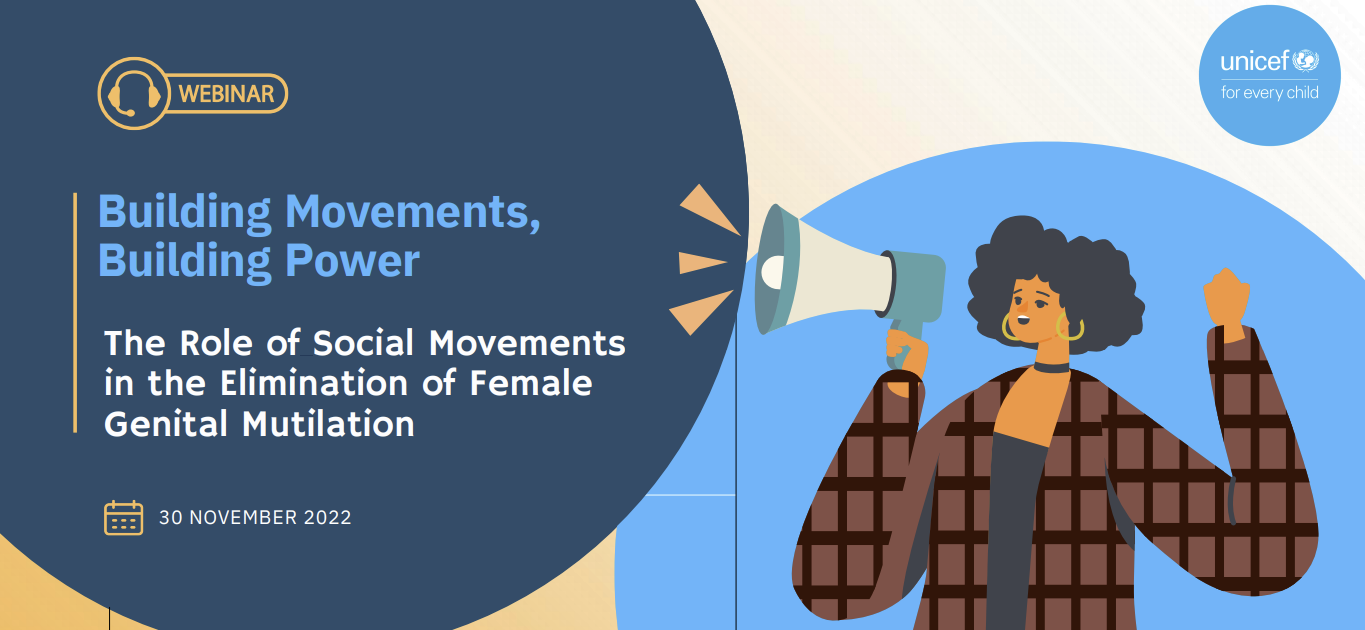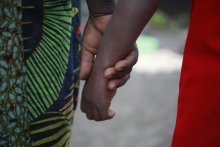Building Movements, Building Power: The Role of Social Movements in the Elimination of Female Genital Mutilation

Overview: This document is a presentation of a cross-regional conversation on implementing the humanitarian-development nexus approach for FGM elimination programming, held on 7 September 2022. It covers the role of social movements, especially youth and women-led organizations, in the elimination of female genital mutilation (FGM), and provides some key considerations and steps for movement building in different contexts.
Role of social movements: The document highlights how social movements have placed FGM at the top of the global agenda, and how they can leverage the momentum generated by recent events such as ICPD+25 and the Generation Equality Forum. It also discusses the challenges and risks of movement building, and the need to highlight the mutual reliance between NGOs and social movements.
Continuum approach: The document proposes a continuum approach for movement building in the context of FGM elimination, which consists of enhancing adolescent girls’ agency, empowering them through gender-synchronized approaches, creating an enabling environment and supportive community, and supporting their participation in social movements and collective action.
Movement building steps: The document outlines twelve key steps for movement building, based on Srilatha Batliwala’s 2021 publication ‘All About Movements’. These steps include developing a common social change agenda, a theory of change, collective action strategies, assessments and evaluations, and expanding constituency base, among others.
Monitoring and evaluation: The document emphasizes the need for more nuanced monitoring and evaluation tools for measuring social change related to movement building, and suggests some existing tools for understanding the different stages of movement growth and level of maturity, and assessing the level and strength of movement building.
Q&A panel sessions: The document concludes with two Q&A panel sessions, featuring experts and practitioners from different regions and backgrounds, who share their insights and experiences on the opportunities and challenges in building movements to end FGM, and on UNICEF and UNFPA’s role in supporting youth movement building and adolescent girls’ empowerment.


